Watch industry hopes to strike it lucky in 2010
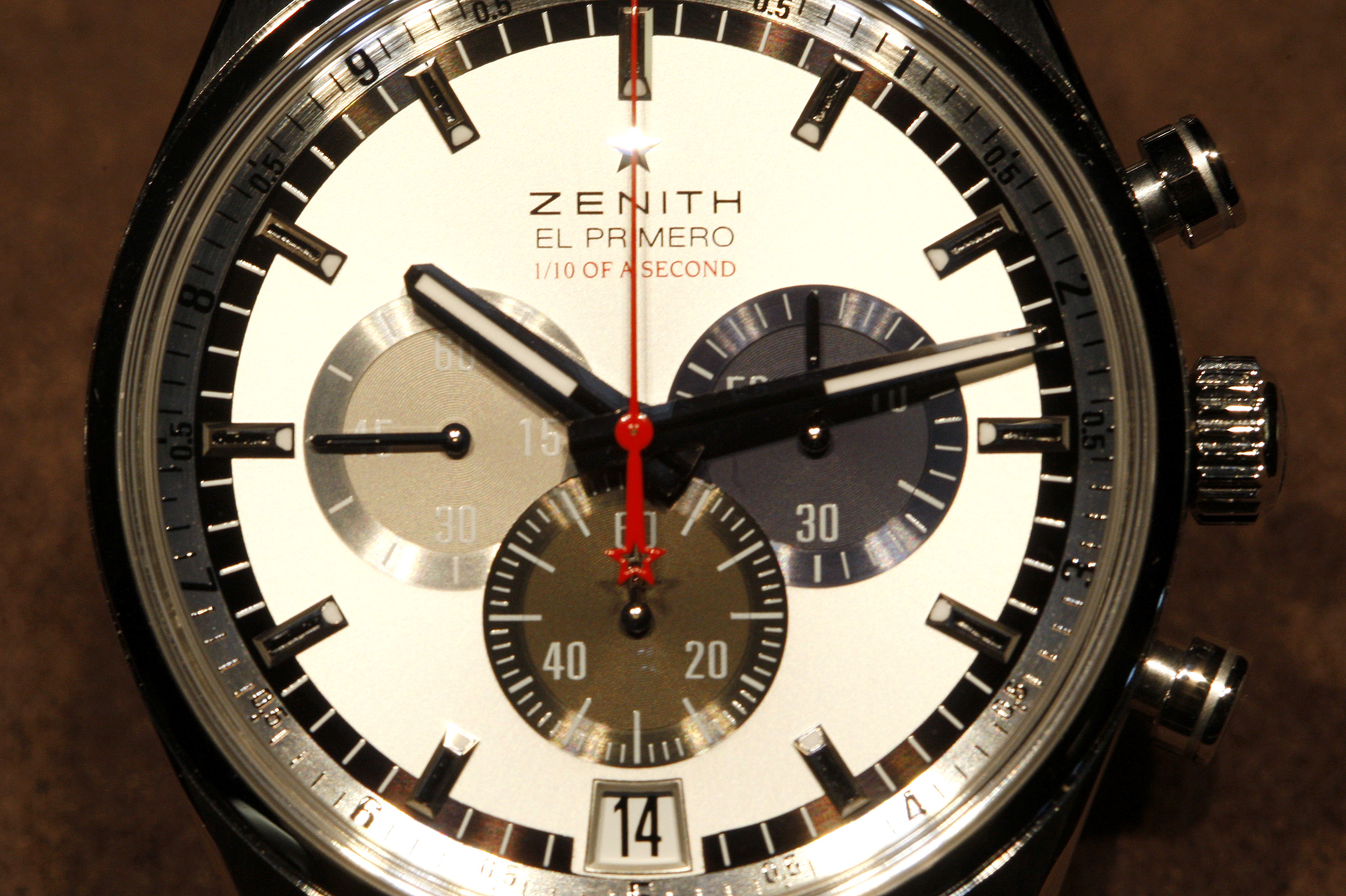
After a crisis-hit 2009, the Swiss watch industry is feeling more optimistic about this year as it gathers at Baselworld, the largest global watch and jewellery fair.
The event, which opens on Thursday, is a chance for companies to show off their latest watches, which are both classic and innovative – with some even including a dinosaur bone – and in general shying away from “bling-bling”.
Set in the heart of Basel, the eight-day fair – considered by the industry as the most important of its kind – brings together 1,915 exhibitors from around the world and covers 160,000m² of floor space in four giant halls.
Big names Rolex, Swatch and Patek Philippe are all there, as well as countless smaller companies.
The hot topic at the media preview on Wednesday was how everyone was coping with the economic downturn.
Representatives from the French, German and Hong Kong industries all reported a decline in 2009. The Swiss watch industry was no different. Last year the sector recorded a 22 per cent drop in exports on 2008, a large blow to the country’s third largest export segment.
But in January 2010, it posted small growth of 2.7 per cent and by February this had risen to 14.2 per cent.
François Thiébaud, president of Swiss Exhibitors’ Committee, which represents the Swiss brands at the show, said he expected March to follow this growth trend.
Reasons for optimism
“There is an optimistic mood compared with last year,” Thiébaud told swissinfo.ch.
Better export figures were coming from Asia and Europe and even from the United States, a market that had slumped dramatically in 2009, he added.
But Thiébaud, who is also head of the Tissot watch brand, said that consumer confidence was still lacking. People were simply postponing non-essential purchases like watches.
“Once the confidence is there, the crisis will be over. Now there are positive signs, but still not enough to enable people to hire employees and to invest,” he said.
Some Swiss companies have already showed signs of an upturn. The world’s largest watch firm Swatch has already posted a good January and February. Also doing well is Geneva-based Hublot.
At its press presentation in its two-floor stand in the first hall – next to Rolex – CEO Jean-Claude Biver said that 2009 had been the company’s second best year ever and had given them the best last quarter yet. There were good signs for the first quarter of 2010.
“This gives us the feeling that we are out of the crisis,” Biver told swissinfo.ch.
Dynamism and… cheese
He said there was no secret to Hublot’s success. It had remained independent from loans and banks, did not place too much stock on the market and had seized opportunities presented by the crisis – hiring watch specialists as they came onto the market and boosting marketing when others were cutting back.
Its presentation certainly gave the impression of dynamism, not least from its energetic boss.
A 3D film of its new UNICO watch movement was shown and then supermodel Veronica Varekova introduced Hublot’s red and black “Big Band out of Africa” watch, from which some proceeds will support the African Wildlife Foundation.
As the press filed out they were exhorted to try some of Biver’s homemade cheese.
On the floor above, smaller companies were striking a more cautious note.
“There is much more optimism in the trade and there is the sense that business is coming back. Not big time, I think it will go step by step,” said Jean-Marie Schaller of Les Ateliers Louis Moinet in his stand. Some people may be ready to spend again, he added.
Dinosaur bone
His company, based in a village near Neuchâtel, has come up with a novel idea for the discerning collector – a watch containing a small piece of dinosaur bone.
“This comes from the diplodocus family, so this animal was alive 150 million years ago in western North America,” Schaller told swissinfo.ch.
Only 12 examples of the sleek watch, which includes 18-carat gold, have been made, each costing SFr310,000 ($295,000). They come with a special “time-traveller” case.
Overall, Baselworld is showing a trend towards more classic-looking products. Thiébaud says this is a logical consequence of the crisis. People have become less excessive than they were in the industry high point several years ago, which saw a lot of bling-bling.
This was good, Thiébaud said. “The Swiss watch industry is in line with the country. It’s a peaceful, happy country where people are not exuberant. If you can make watches according to this kind of need, this will respond to the demand of today.”
Isobel Leybold-Johnson in Basel, swissinfo.ch
2009 results: a decline of 22.3% on 2008. But the last two months of 2009, with only a single digit slump, already showed signs of a recovery.
January 2010: exports increased by 2.7% to SFr976 million ($903 million). In February they rose by 14.2% compared with February 2009 to SFr1.2 billion, according to government figures published on Thursday.
Wristwatches costing less than SFr500 at export price made up the large majority of exports and recorded a rise of 31.6% on February 2009. Exports of watches of more than SFr3,000 only grew by 3.9%. The US market has finally returned to growth, with Hong Kong and China also doing well. Europe remained lacklustre.
Jean-Daniel Pasche, president of the Federation of the Swiss Watch Industry, told swissinfo.ch ahead of Baselworld that he had expected February to confirm the recovery observed so far.
“And no doubt 2010 will be a positive year compared with 2009. We cannot give a precise forecast but it will be better than last year, definitely.”
Baselworld is also feeling the effects of the crisis. In 2009, 1,956 companies from 40 countries exhibited – although managing director Sylvie Ritter said the decrease to 1,915 in 2010 had not necessarily been to Baselworld’s detriment.
“A concentration process has taken place, which means that exhibitors take part in fewer events but concentrate on Baselworld. This makes our position stronger,” she said.
2010 exhibitor figures: watches (30.9%), jewellery (39.6%), related products 29.5%.
Origin: Europe (almost 64%), Asia (27.4%), North America (4.6%) and others (4.2%).
90 per cent of Swiss watch companies are represented at Baselworld. 456 Swiss watch and jewellery brands are there.

In compliance with the JTI standards
More: SWI swissinfo.ch certified by the Journalism Trust Initiative

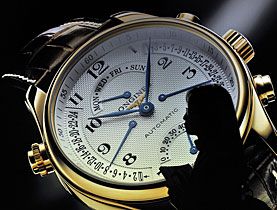
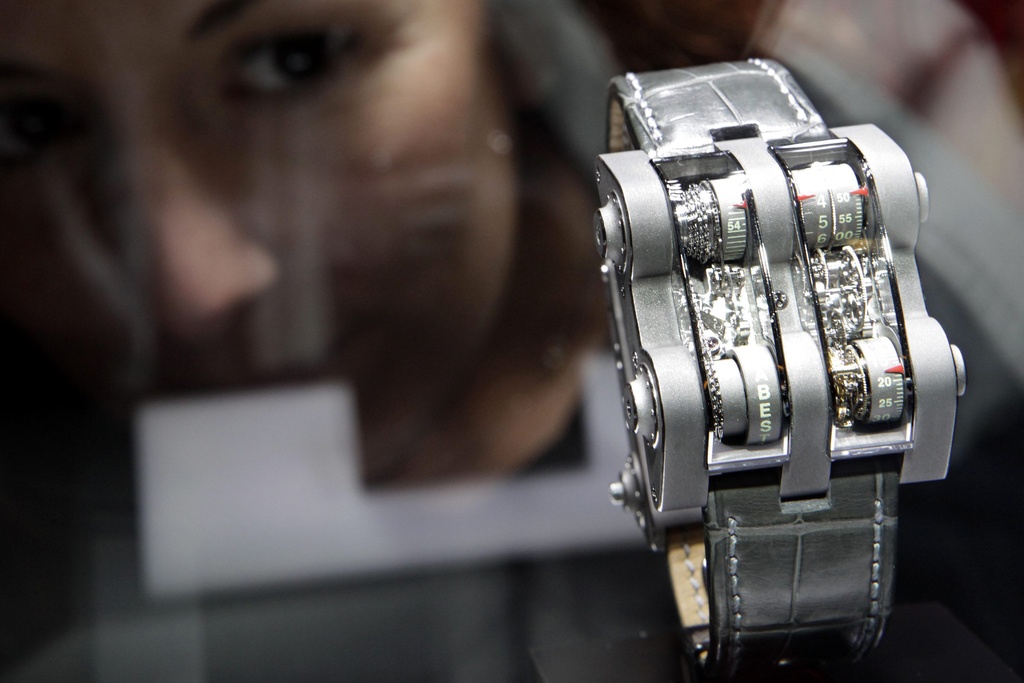
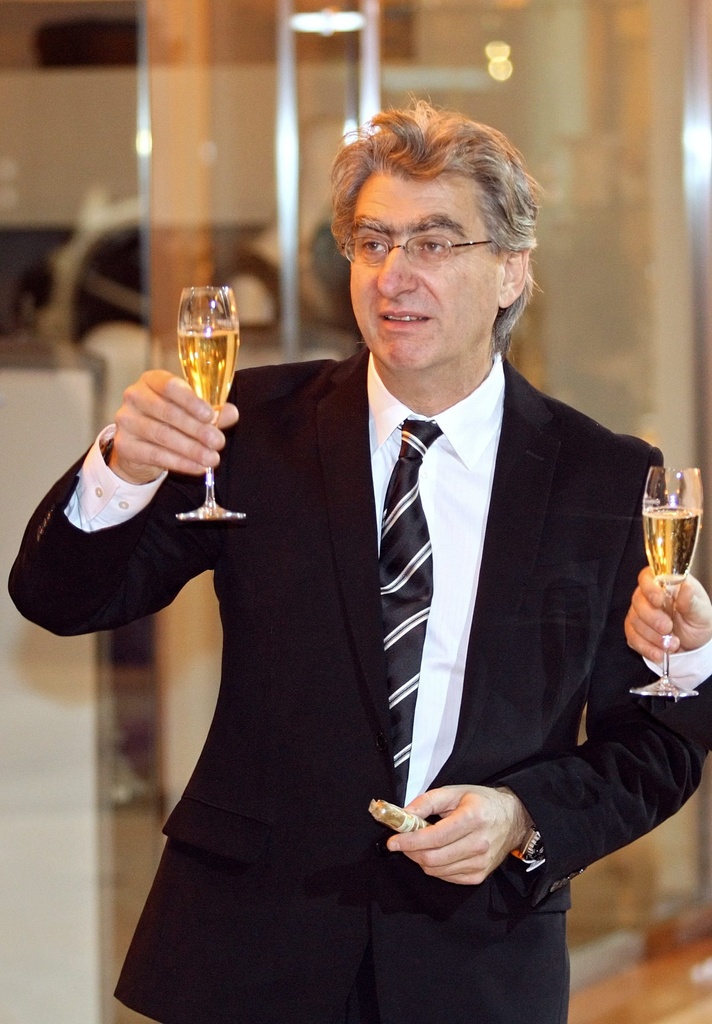
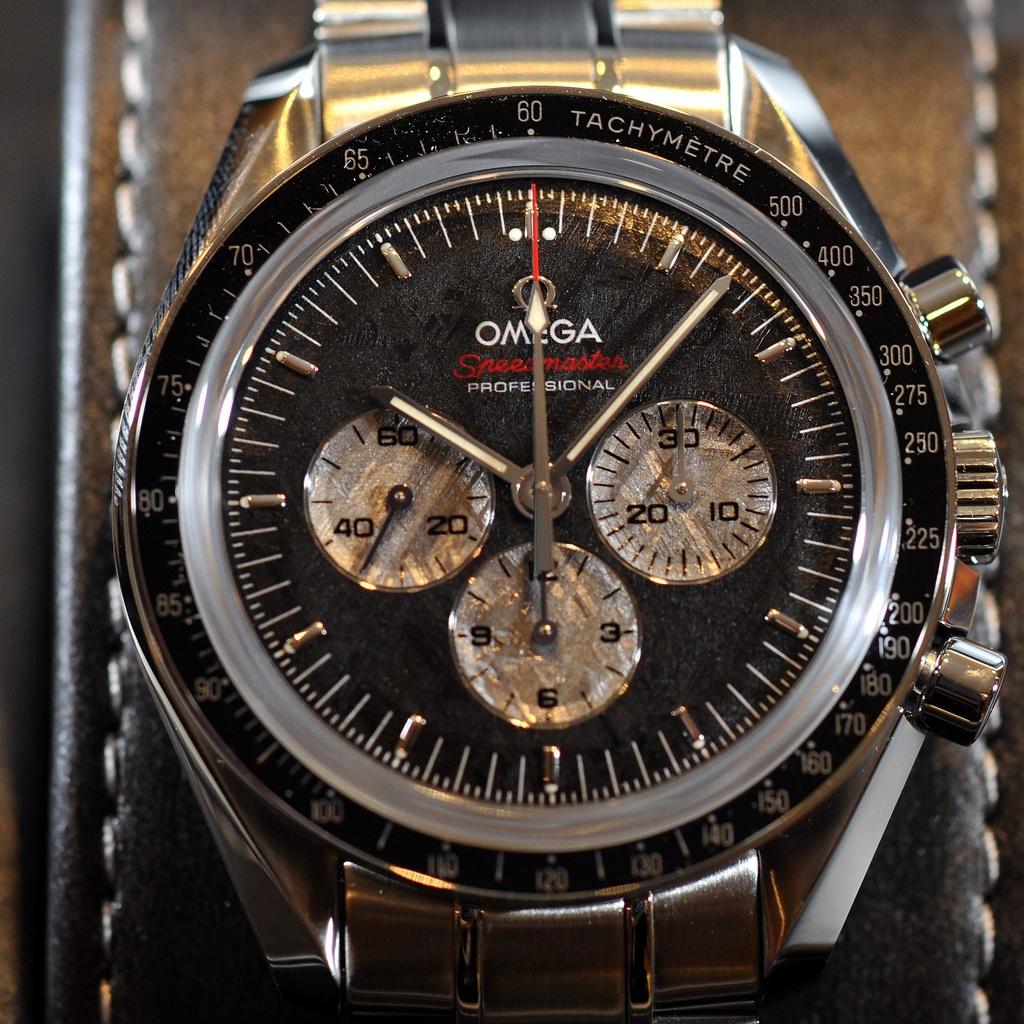
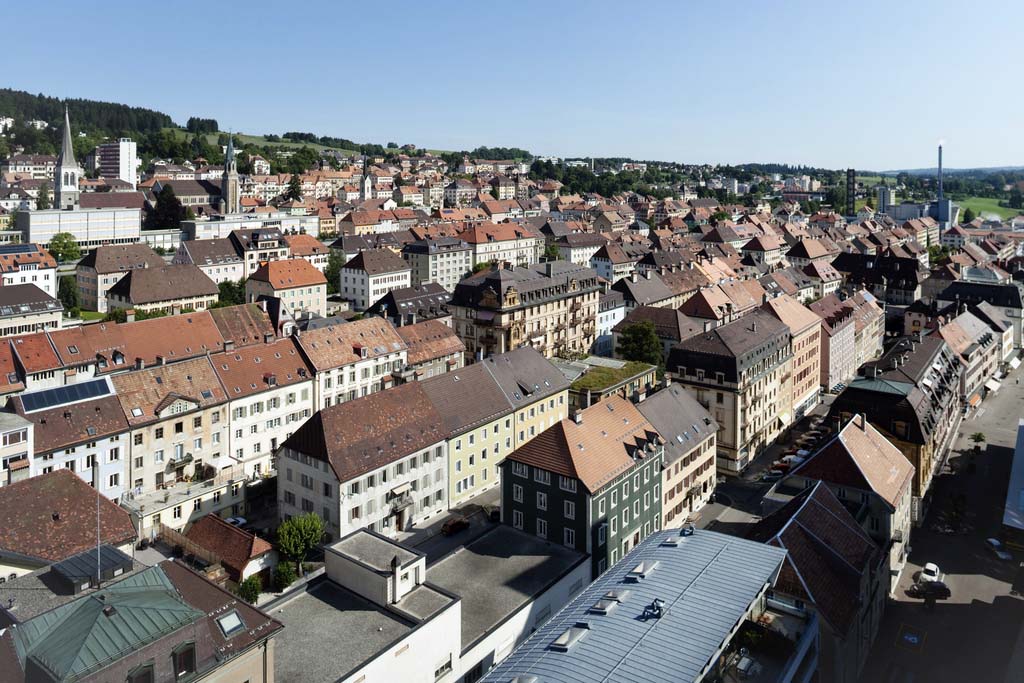
You can find an overview of ongoing debates with our journalists here. Please join us!
If you want to start a conversation about a topic raised in this article or want to report factual errors, email us at english@swissinfo.ch.